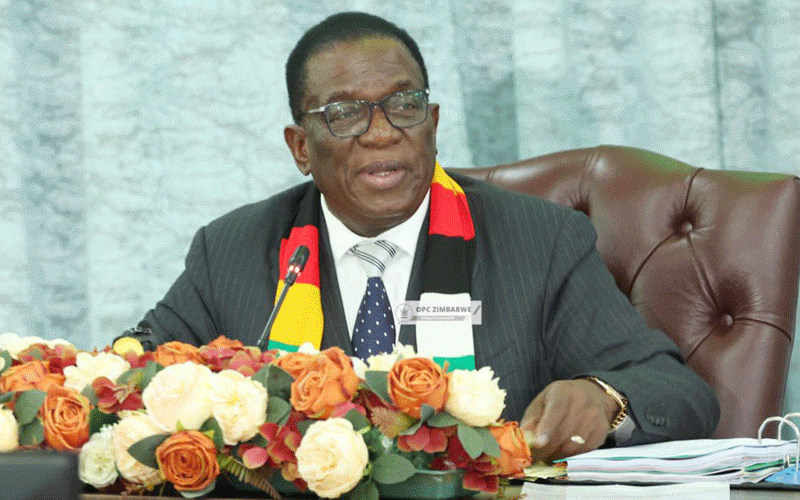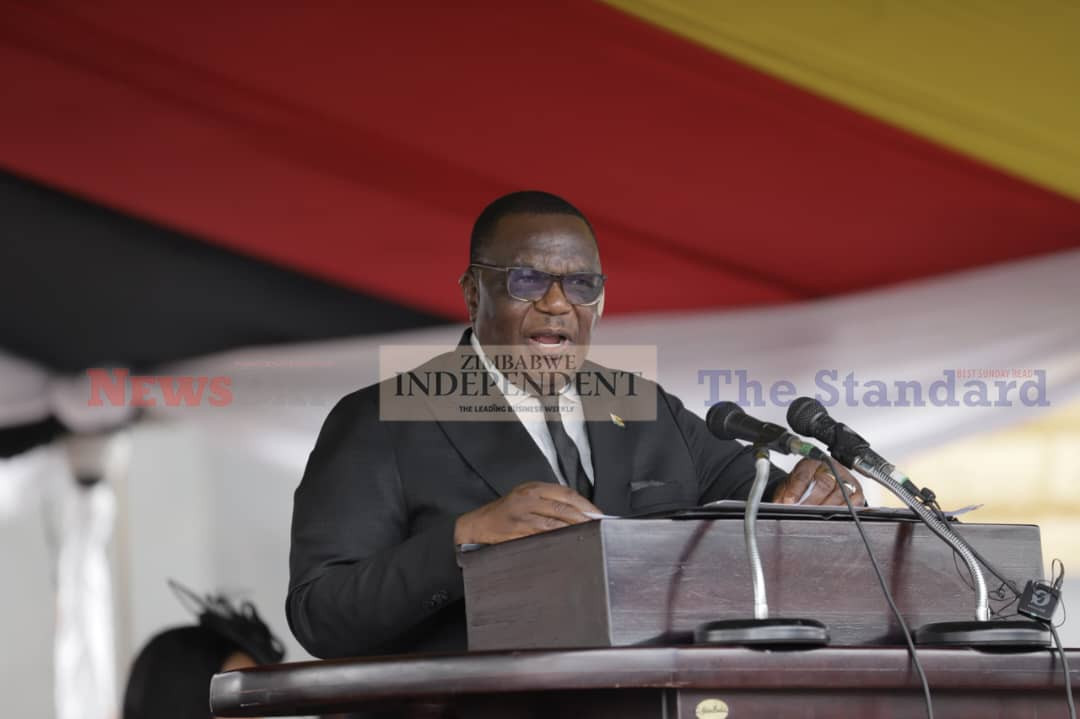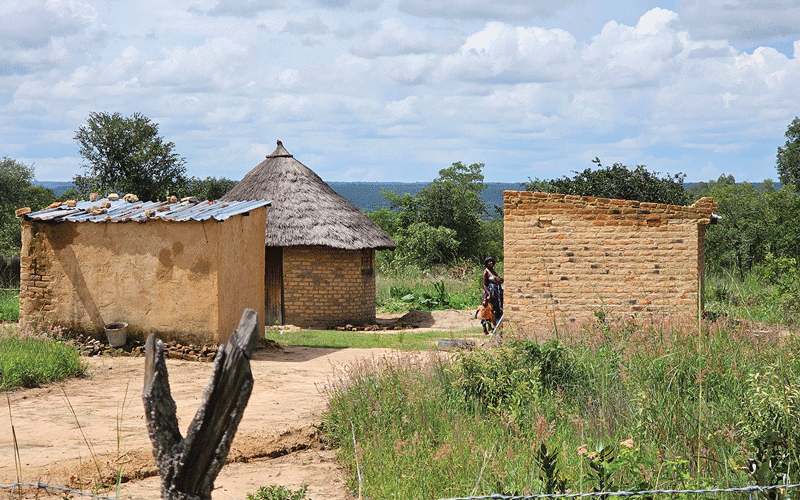THE Reserve Bank of Zimbabwe (RBZ) has denied reports of printing money despite the supply rate growing 250% last year to $35 billion, with a further 31,42% year to date increase expected by month end.
BY TATIRA ZWINOIRA
A report by The Financial Times alleged that secret money printing by the central bank was taking place.
It quoted the International Monetary Fund (IMF) saying they had recently discovered that the RBZ had revved up the printing press to revive the Zimbabwe dollar to provide State subsidies to gold producers.
RBZ governor John Mangudya claimed that the article was malicious, misleading and calculated to tarnish the image of the central bank.
“The bank notes, with concern, that the article seeks to fabricate an International Monetary Fund Executive Board’s Report on the Article IV Consultation for Zimbabwe which development is quite unfortunate and disrespectful of the IMF as an institution and the Republic of Zimbabwe as a member of the IMF,” Mangudya said in the statement.
Keep Reading
- Chamisa under fire over US$120K donation
- Mavhunga puts DeMbare into Chibuku quarterfinals
- Pension funds bet on Cabora Bassa oilfields
- Councils defy govt fire tender directive
“As stated in its Monetary Policy Statement of February 17, 2020, the bank reiterates that the growth in money supply, or more specifically reserve money in 2019, was as a result of subsidies on fuel, electricity and grain and government expenditure.
“The contribution of the gold sector incentive scheme was very minimal to the growth of reserve money. It is also mischievous to allude to ‘secret money printing’ as there is no secrecy in the payment of the gold incentive scheme by the State, through the bank.”
While the RBZ denies printing money, figures from the central bank seem to indicate otherwise.
In the RBZ’s December 2019 monthly economic report, annual broad money stood at $34,98 billion up from $31,82bn in the previous month.
“The growth in money supply reflected increased lending to both the public and private sectors, in support of economic activity,” part of the report read.
The reason behind the growth seemed to point to government needing to fund its expenditure, which was $63,6bn in the 2020 national budget, but has since deviated way off course due to increased subsidies and growing social needs.
The growing social needs are due to rising economic misfortunes from a failing local currency.
“The annual growth in net credit to government marginally declined to 62,71% during the month under review, from 62,86% in November 2019. On a monthly basis, net credit to government rose 2,69% from $15,81 billion in November 2019 to $16,24 billion in December 2019,” part of the report read.
Added to this, the 2020 monetary policy last month stated subsidies on fuel, electricity, grain and other essentials, particularly in the first half of 2019, increased reserve money, which rose to $8,8bn last year.
This increase was from a 2018 comparative of $3,3bn.
Further, the same document stated the need to support domestic cash transactions which also saw currency issued by the bank rising from $0,5bn in December 2018 to $1bn in December 2019.





